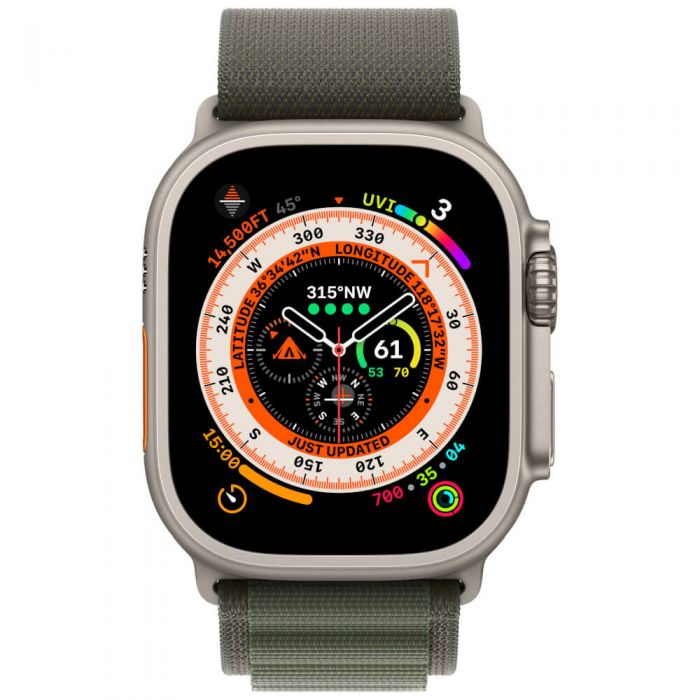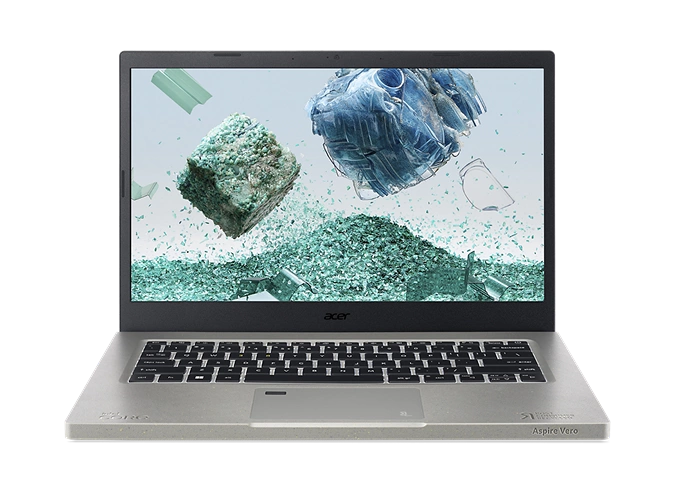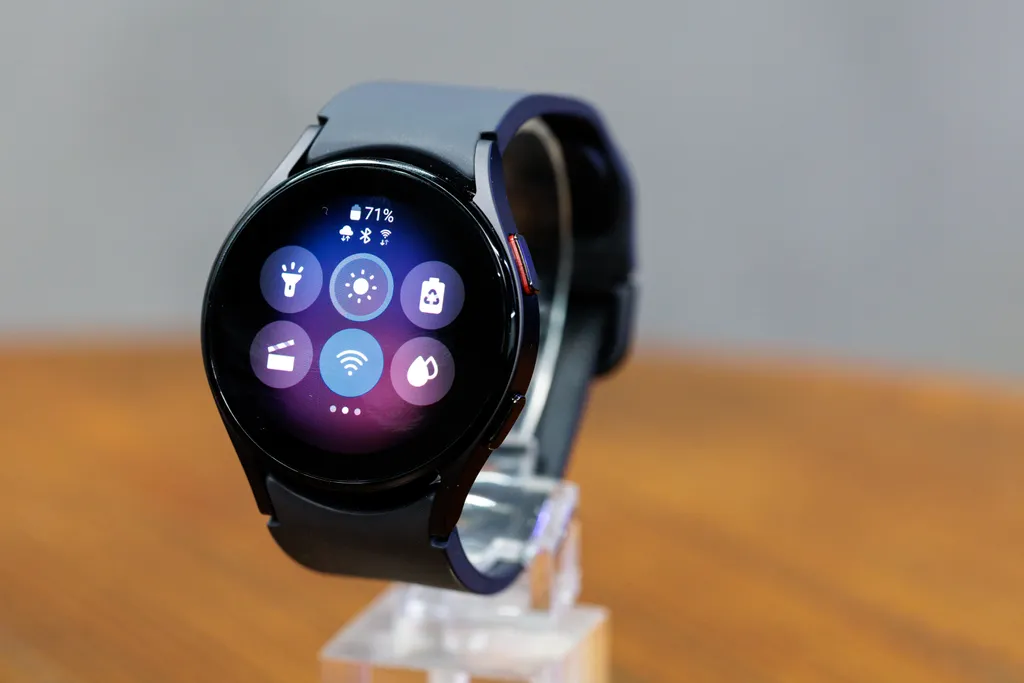Our Xiaomi 12T Pro Review
POSITIVELY
- High performance
- Handles large sensor well
- Very fast charging
- Nice, sharp screen
NEGATIVE
- Risk of overheating
- Lacks many premium features
- Uninteresting additional cameras
There is a long list of reasons for that. It is not built quite like the best and most expensive mobiles. For example, it’s Gorilla Glass 5 in its glass surfaces instead of the latest and most durable Gorilla Glass Victus, the frame is metal-like plastic instead of real metal, and you don’t get any specified water resistance. It doesn’t support the latest and fastest wifi 6e, but you have to make do with wifi 6. You don’t get wireless charging, but just plug in usb to top up the battery.
The design of the phone is also a bit more everyday than what can still be considered Xiaomi’s top model right now, the Xiaomi 12 Pro that came out last spring. It doesn’t have the 12 Pro’s curved and extra-thin screen edges, so it doesn’t quite give the slim impression and is wider to grip, even though the screen is actually marginally smaller. Otherwise, they are very similar, the same matte design on the frame, the same frosted, slightly rounded back and the same abruptly protruding camera panel in one corner.
If you only have big enough hands, the 12T Pro is a comfortable phone to hold. However, it makes your fingers itchy to remove the scratch-resistant plastic film that sits in front of the screen, as it makes swiping from the edges uncomfortable. If you prefer to navigate in Android with swipe gestures instead of buttons at the bottom of the screen (Xiaomi’s interface, just like most nowadays, lets you choose which one you want), it may be worth a little less patience.
A lot of performance for the money
Xiaomi 12T Pro takes good care of fast Snapdragon 8+ gen 1, and squeezes both a lot of work and gaming performance out of them. In the latest versions of Xiaomi’s MIUI interface, there is a performance slider where you can choose between power-saving, balanced and performance mode. There is no big difference between the last two in the 12T Pro, but you get around five percent extra in the benchmarks we run. It’s hardly worth digging through settings for, so we recommend the balanced mode in most situations.
It might be worth switching up in occasional situations. But in that case only for short periods. The phone then seems to have problems with heat development, and both when we play games, run occasional demanding ar apps or film high definition, the phone becomes warm to the touch after a while. Manageable, but not comfortable. When we run 3dmark’s stress test of game graphics, i.e. maximum load of the graphics, and high load of the processor, the mobile warns of overheating and the test is interrupted.
The Xiaomi 12T Pro has an amoled display with an odd resolution, not 1080p or 1440p, but somewhere in between, with 1,220 pixels wide. In any case, it gives the large screen surface an excellent sharpness, and with OLED technology you get both rich colors, excellent color accuracy, and perfect contrast. There is a vague green shimmer in the image at narrow angles, something that has to do with Gorilla Glass 5, but nothing disturbing at normal viewing angles. The touch response is fast and with a dynamic frame rate in steps between 30 and 120 Hz, the visual experience and control is always smooth and direct.
Bright and loud enough
The peak brightness of the screen is lower than the best competitors, around 500 cd/m2 in normal cases, or up to 900 at the most for hdr and automatic boost outdoors. It never becomes illegible in bright sunlight, but we do not reach the clarity that we get with, for example, an iPhone 14 Pro or a Pixel 7 Pro. Out of the sunshine, however, there is plenty of light for everything, and the screen also supports both Dolby Vision and hdr10+, as well as correct software support, so you can get good hdr experience with most video services.
You also get powerful and well-balanced stereo sound from the phone’s built-in speakers. It’s not exactly crystal clear and clean, the treble loses details and the bass lacks fullness, but if you don’t have particularly discerning ears, you’ll get a fully approved sound experience, especially for movies.
The sound system supports Dolby Atmos, and we recommend that you have it turned on both for movies with true Atmos audio and to enhance the sound of other sound sources such as music. In some mobiles and even TVs we have noticed that Atmos sound enhancement dampens details in the sound, but not here. All it does with regular stereo music is enhance the bass. It’s appreciated.
Better control of the giant sensor
It is of course the camera that is the big news in this mobile phone. Here sits the same 200 megapixel giant sensor from Samsung that we first saw in the Motorola Edge 30 Ultra. In addition to that, there are more mid-range vibes on the rest of the cameras, an eight megapixel wide angle and a two megapixel macro, both of which take acceptable but not particularly good pictures. The wide angle is really only good for landscape shots in daylight which look good, but lose dynamics and color control when it gets dark.
So all the focus on the large main camera, which Xiaomi instead manages to handle surprisingly well. After our test of the Motorola Edge 30 Ultra, we became doubtful about the whole idea of such a high-resolution sensor in a mobile as it was frustratingly slow to use. Here, those problems are blown away, and we aim, focus and shoot faster and more reliably.
It usually combines 16 pixels into one and delivers 12.5-megapixel images, with excellent dynamic range, neutral color temperature, and minimal noise even at night. Perhaps the color saturation is unnaturally turned up, but whether you appreciate that or more natural paleness is a matter of taste. What it doesn’t really handle is motion blur when it gets dark. A steady hand is needed there, but otherwise we have nothing to complain about.
Big picture gives new possibilities
But even when we set the camera to full 200-megapixel mode, the camera is smooth to use. We can then manually zoom in such an image and find lots of details. At close range, the image becomes grainy and we see the software trying to compensate for some micro-movement and adding a lot of artificial sharpness, but it’s impressive how much we can crop and enlarge in a good enough quality image.
You can also take pictures with a more modest 50 megapixel resolution. It can actually in some cases look nicer to manually zoom in those photos, as they are not as harshly artificially treated at the pixel level. Xiaomi has a fun, and sometimes useful, feature in its own photo app that automatically crops and cuts out 50- and 200-megapixel photos using object-recognition ai. It can spruce up a poorly proportioned portrait or sometimes crop different parts of images into separate photos.
You can also film beautifully with flexible stabilization in up to 4k resolution, and with capable microphones with well-balanced noise reduction, it’s easy to get a good clip. It is possible to film 8k, but then we get two problems, no stabilization at all, and rapid overheating of the mobile phone. So it feels quite pointless that the situation even exists.
Pluses and minuses for the battery
High-definition video filming is one of those things that eats up battery, so it’s a plus that Xiaomi has increased the battery size to 5,000 mAh in the 12T Pro from 4,500 in the 12 Pro. With more power-efficient system circuitry, we should see big results. We don’t do that. We are seeing results, but they are less than we had hoped for. Screen brightness seems to be a bigger factor in this phone than most. While the time for streaming movies at full brightness is just barely acceptable, the time for mixed browsing on dimmed screen is better.
When it’s time to top up the battery, you do it with the included massive 120-Watt charger with the proprietary Hypercharge charging technology. Then you can get a full battery in less than half an hour. That’s impressive, but also means the charger is a massive piece of equipment you don’t want to carry around.
The phone comes with Android 12 and is promised three generations of Android updates on top of that. When an update to the new Android 13 will arrive is currently unclear, but considering that Xiaomi first needs to adapt its own MIUI interface to it, there is nothing to expect immediately.
Another affordable option
The price range below the insanely expensive top phones is getting really interesting. Oneplus 10T, Asus Zenfone 9, Motorola Edge 30 Ultra, the new Pixel phones and this show that you can get a lot of mobile with all the good features you need without having to ruin yourself with a five-figure price tag on the mobile. Sure, you get to stand over the occasional feature or a single benchmark target, but those aren’t things that you really need.
The challenge for manufacturers is to invest in what is important and save smartly. Some mobiles do better than others. The Xiaomi 12T Pro has a depressed price even among these mobiles, but succeeds well in offering the right things for the money. However, it is not without problems. A tendency to overheat is annoying and can become an obstacle for certain types of use, and the battery life is not as long as we had hoped for from the large battery.



